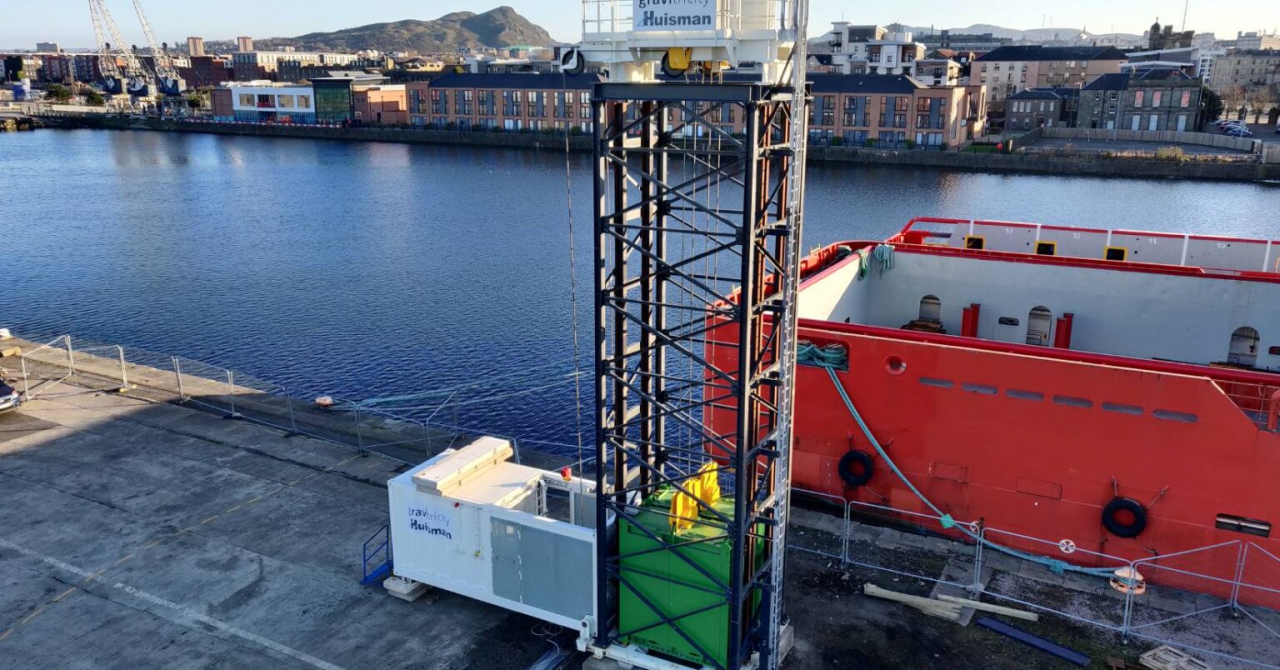According to Green Biz, gravitational batteries work in the way that they use energy when available to lift a heavy weight either high in the air or at the top of an underground shaft.
When there's a need for power and solar panels or wind turbines can't generate it, for example, winches will slowly lower the weight, generating power in the process.
Gravitricity is a UK-based startup that aims to make use of this type of energy storage solution and the company is testing a gravity battery prototype in the port of Leith.
The 15 meters tall tower uses solar energy to lift two weights, each being 25 tons and as demand increases, the weights are lowered and the electric motors act as generators.
Jill Macpherson, Gravitricity’s senior test and simulation engineer, stated that "the demonstrator was rated at 250kW — enough to sustain about 750 homes, albeit for a very short time."
"But it confirmed that we can deliver full power in less than a second, which is valuable to operators that need to balance the grid second by second. It can also deliver large amounts more slowly, so it’s very flexible", she added.
Water-based gravity systems, such as the one used by Switzerland, are one of the more popular solutions for generating high-amounts of power, as it represents over 90% of the world's high-capacity storage, according to the International Hydropower Association.
Photo source: Gravitricity
 Mihai - Cristian Ioniță
Mihai - Cristian Ioniță












Any thoughts?